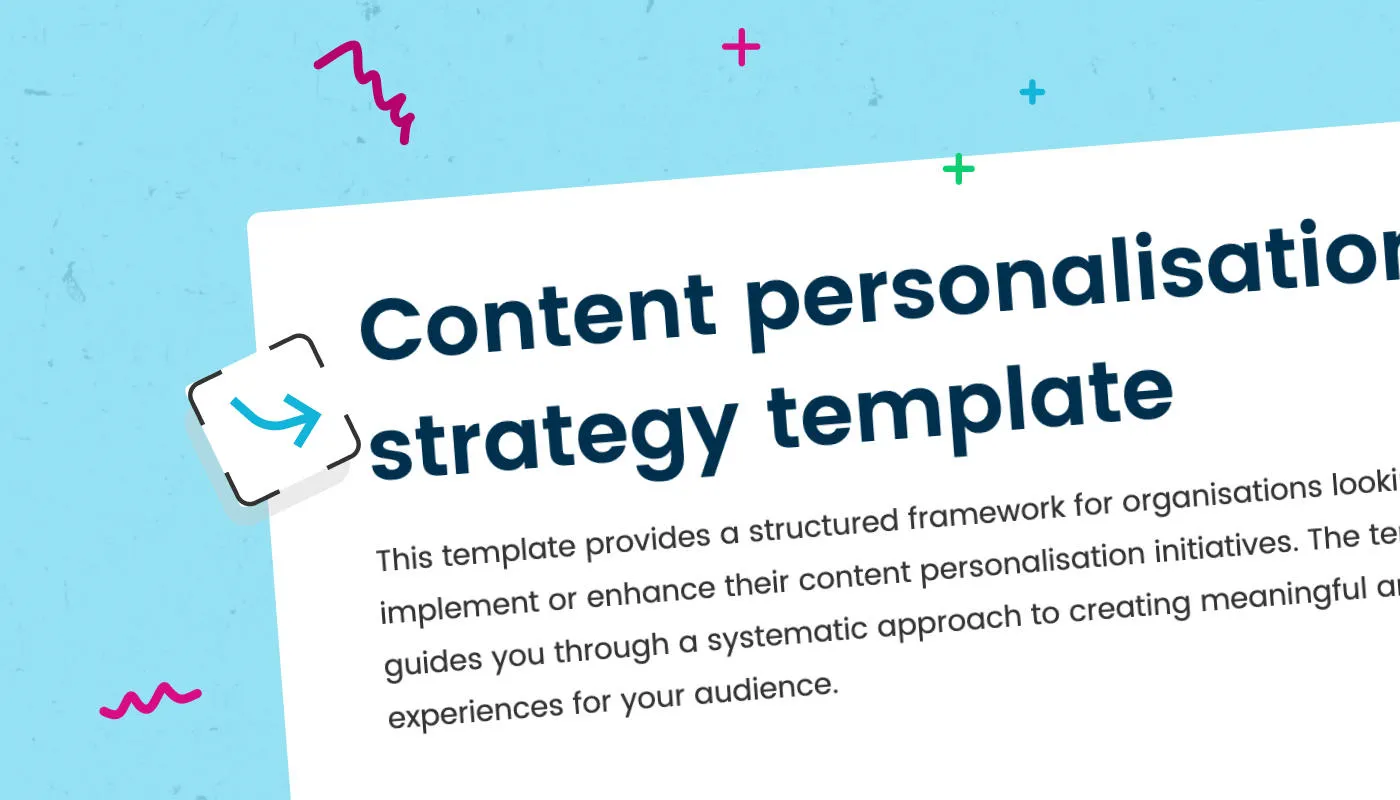Why user research creates better digital experiences
Every team wants to create products that users love, but without direct insight into user needs and behaviours, even the most talented designers and developers can miss the mark.
User research bridges the gap between what we think users need and what they actually need. It transforms educated guesses into evidence-based decisions, helping teams build experiences that truly work for real people in real situations.
What user research actually is
User research is systematic investigation into how people interact with digital products and services. Unlike market research (which focuses on demographics) or analytics alone (which show what happened but not why), user research explores the human story behind digital interactions.
Effective user research combines different approaches to create a complete picture:
Quantitative research provides measurable data about user behaviour through surveys, analytics analysis, and A/B testing. It shows patterns across large user groups.
Qualitative research reveals the reasons behind user behaviour through interviews, usability testing, and observational studies. It provides context about user motivations and mental models.
Real impact: the difference research makes
Consider this example from Riverside University (a fictitious institution used to illustrate these principles). Rather than making assumptions about student needs, they conducted user research across different student populations for their website redesign.
The research revealed surprising insights. International students struggled with financial terminology that lacked cultural context. Part-time students needed mobile-optimised access because they checked information during work breaks. Graduate students had completely different mental models for organising academic information than undergraduates.
This research informed targeted design decisions: terminology explanations, multilingual support, mobile optimisation, and role-based navigation. The result was a website that served diverse student needs effectively, with increased task completion rates and higher satisfaction across all groups.
Contrast this with Metropolitan College (another fictitious institution), whose team redesigned their course registration system without user research. Despite creating what seemed like an intuitive interface internally, student registration rates dropped 40% and support calls increased 300% after launch.
Post-launch research revealed the problem: the system followed administrative logic rather than how students actually think about course selection, and performed poorly on mobile devices when 78% of students attempted registration on their phones.
Why user research drives digital quality
User research creates measurable improvements across multiple dimensions of digital experiences. Here's why it matters:
Evidence prevents costly mistakes
Research transforms assumptions into actionable insights, reducing the risk of building solutions that miss user needs. The Metropolitan College's example shows how assumptions can lead to expensive post-launch fixes that could have been prevented with modest upfront research investment.
Improved accessibility and inclusion
User research naturally improves accessibility by uncovering how different user groups interact with digital products. It reveals barriers that design teams might miss and shows how diverse contexts affect user behaviour.
A banking app might work perfectly for users with reliable internet but fail for customers with poor connectivity. An e-learning platform might suit traditional students but confuse adult learners returning to education after years in the workforce.
Better content strategy
Research shows how users categorise information, what language they use naturally, and what information they need at different stages. Users often organise information differently than subject matter experts – a healthcare website organised by medical specialities might confuse patients who think about symptoms rather than departments.
Real-world examples you encounter daily
Many digital experiences you use have benefited from user research:
- Banking apps that simplify complex processes based on studies of how people actually manage money across multiple accounts
- Government services that use plain language informed by research showing how bureaucratic terms create barriers
- Healthcare platforms that organise information around patient needs rather than medical specialities
- E-commerce sites that streamline checkout based on testing showing where customers abandon purchases
The competitive advantage of user research
Organisations that invest in user research build better products more efficiently than those relying on assumptions. They reduce development waste by solving the right problems for real users and create competitive advantages through superior experiences.
Research-driven organisations are also more adaptive. They understand users deeply enough to respond effectively to changing needs and market conditions. This user understanding becomes a strategic asset that informs business strategy, not just design decisions.
Evidence-based creativity
The most successful digital experiences combine creative design thinking with systematic user research. Research doesn't constrain creativity – it provides the foundation that allows creative solutions to succeed.
Understanding user needs, contexts, and constraints gives designers and developers the insights they need to create solutions that are both original and effective. The combination produces experiences that are innovative and usable, ambitious and achievable.
Getting started
User research doesn't require a complete transformation. Teams can begin with lightweight methods like brief user interviews or simple usability tests. Even informal user feedback provides more insight than assumptions alone.
The key is beginning with clear questions about specific decisions and using research to inform actual design choices rather than conducting research for its own sake.
User research is an investment in understanding the people you're designing for. That understanding pays dividends through better products, more efficient development processes, and stronger connections between what you build and what people actually need.
Start small, stay curious about your users, and let evidence guide your design decisions. Your users – and your organisation – will benefit from the more thoughtful, effective digital experiences that result.






